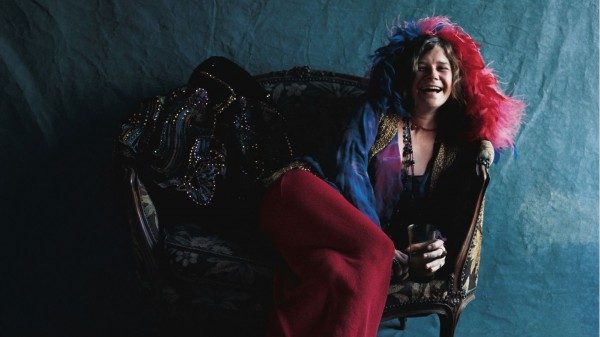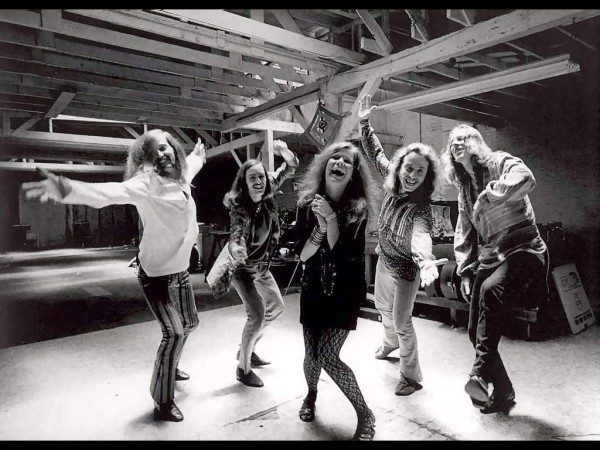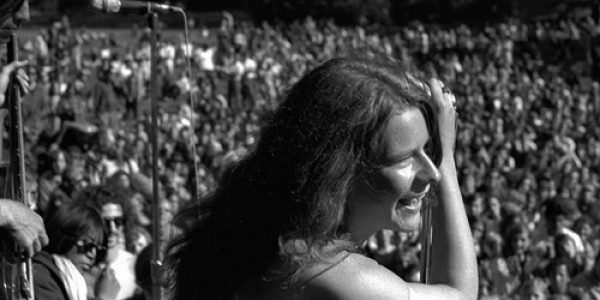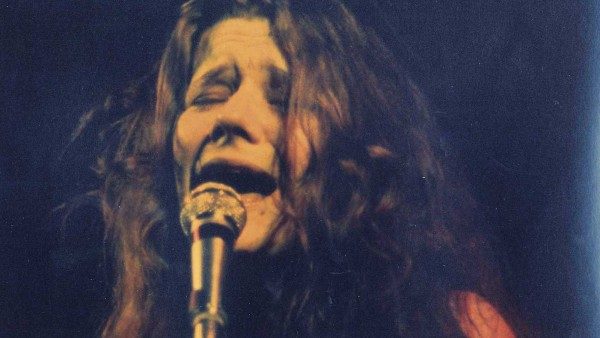

With her fiery hair flying from one side to the other, her cream colored suit flung around her gyrating body as she threw herself into the words of the song and the rhythm of her blues. As she sang, hundreds of partially conscious young concert goers became entranced by the fervency and the pain coming directly out of this young and unknown flame of rock gold. Moments from a live performance of “Ball and Chain” from the Monterey Pop festival in 1967 was one among many to captivate audiences from the newest documentary about the legacy of Janis Joplin.
Janis: Little Girl Blue, premiering this November, is a hypnotizing exploration into one of America’s most powerful music idols. Amy Berg, known for well-researched, controversial and reverberating documentaries like her Oscar nominated Deliver Us From Evil, yet again delivers another highly comprehensive exposé, this time vindicating the triumphant and tragic life of the iconic “Queen of Psychedelic Soul”. Joplin was a multi-talented musician known for her rapid rise to fame during the late 1960’s, her legendary live performances, and most significant to her memory, her death from a drug overdose at the age of 27.
Little Girl Blue is a project that attempts to fill in the gaps about the highly conflicted singer, bringing to light old footage of rehearsals and legendary live performances, interviewing acquaintances, old friends, and family. While this has been done before in documentaries like Janis from 1974, Berg adds an interesting insight by including letters Joplin wrote to friends, loved ones and family. The letters invite the audience along for a ride on Joplin’s runaway express train through stardom while simultaneously revealing her most complex vulnerabilities and insecurities. “The letters brought so much depth to Janis,” Berg says. “There were so many different directions that I could go.”
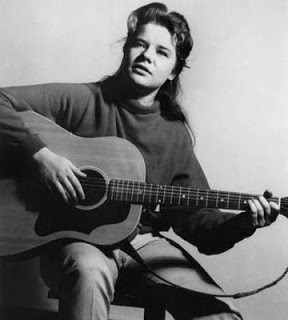

Read by indie rock star and actor Cat Power (Chan Marshall), each letter adds a new facet to her character and a new step in her journey. We come to better understand her fear of being unaccepted, her desperation for reciprocated love, her addiction to being on stage, and her unwavering resolution to be true to herself. Through old photos of Joplin as a young girl and newspaper clippings, Berg revisits Joplin as a young girl in her hometown of Port Arthur, Texas. This was not just to generically pinpoint her birthplace, but also to explore the environment that shaped Joplin from adolescence until her “escape” to California at the age of 20.
Laura Joplin, Janis’ younger sister by six years, explains that she was first and foremost her sister and her friend. “She was the big sister that took my hand and walked me around the neighborhood. And she was the girl helped me learn to play certain games and figure the world out.”
Laura also reveals the bullying Janis received for being a tomboy, and was thought of as “trouble” according to high school students who knew her. “She never thought of herself as traditionally pretty and the way she was treated only reaffirmed this insecurity,” says Laura. The scars she received from these formative years would prove to be lasting marks for insecurity and search for social acceptance.
In the exploration of her journey from lead vocals in a local San Francisco band to her rapid rise into stardom and travels around the world, Berg manages to capture the essence of Joplin through testimony of those who knew her. Members of her first band Big Brother and the Holding Company, such as the original bassist Peter Albin and drummer Dave Getz, give an insight into Janis’ naturally rebellious nature and what it was like to watch her develop as a singer. Guitarist Sam Andrew, who passed during the making of the film, was one of Joplin’s closest allies throughout her career, and regales us with stories of their drug usage and travels with The Kozmic Blues Band through Europe.
“All of those people who were interviewed knew her and they all had personal relationships with her,” said Laura of her sister. Among those interviewed were founder of Columbia Records Clive Davis, music producer Paul Rothchild, close friend Dick Cavett, and Chris Kristofferson, author of Joplin’s most popular song “Me and Bobby McGee”. This handful of individuals and dozens more had all known Joplin in their own way and each provide another piece of the puzzle.
From a particularly personal angle, Berg dives into Joplin’s romantic life and her list of lost loves, which were constant factors in her daily mood and outlook on life. The heartbreak she felt from her countless romantic disappointments was palpable when she took the stage. Included in the compilation of live performances is one from Toronto in 1970, “Cry Baby”, when she takes a break to talk about a man who ran off to Africa to “find himself”, referencing the end of her passionate relationship with her boyfriend David Niehaus. After performing the same song on the Dick Cavett show, Joplin explains the song is about a woman, a mule, who is “chasin’ something someone is always teasin’ her with.”
Though she was so concerned with being loved in life, Laura mentions that in death, she discovered that her sister truly connected with her audience while remaining humbled by her unique gifts. “In her death I have gotten to see her in the faces of so many people. And hear her aliveness and the needing that she had for [her audience],” she says.
Despite her success in making this in-depth investigation, Berg still feels this project will forever remain unfinished. “I feel like there’s just so much to Janis. How do you tell the most powerful female rock n’ roll star in history’s story in like one pass?” Her capability as a singer and the truth about her character is perhaps most prevalent in the last scene of the film, during a performance of Little Girl Blue on the Tom Jones show in 1969. In her slow but riveting ballad, Joplin sings, “I know you’re unhappy. I know, and I know just how you feel.”
Verdict: 5 out of 5
Janis: Little Girl Blue is a compelling exploration into the life and legacy of Janis Joplin. The classic story of Janis as just another member of the ’27 Club’ is one that everyone knows. Berg will essentially tell the same story, but the star of this show is finally more than just a 2-dimensional caricature from a smoky memory. This Janis is a fully fleshed-out woman, tormented by scars from childhood, insatiable for love, and addicted to the feeling of performing. Although Berg puts together an impressive compilation of investigative tools, it is Joplin’s captivating and electric live performances that keep audiences engrossed. It is easy to become emotionally overwhelmed when you watch her, not solely because of the tragedy associated, but because of Joplin’s knack for offering her whole self during every performance.

